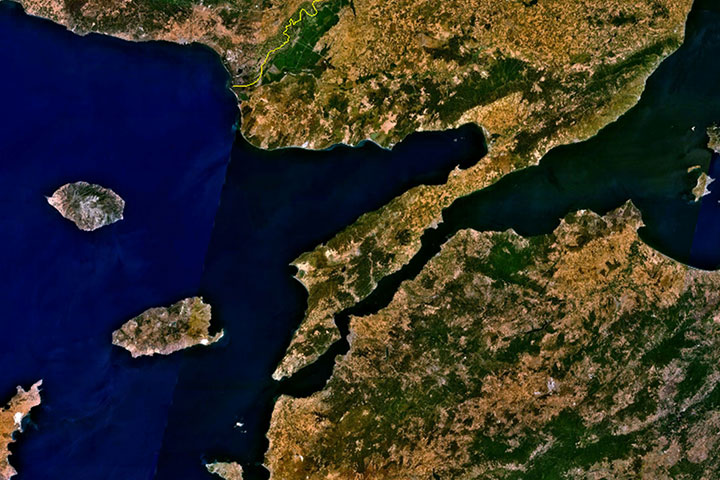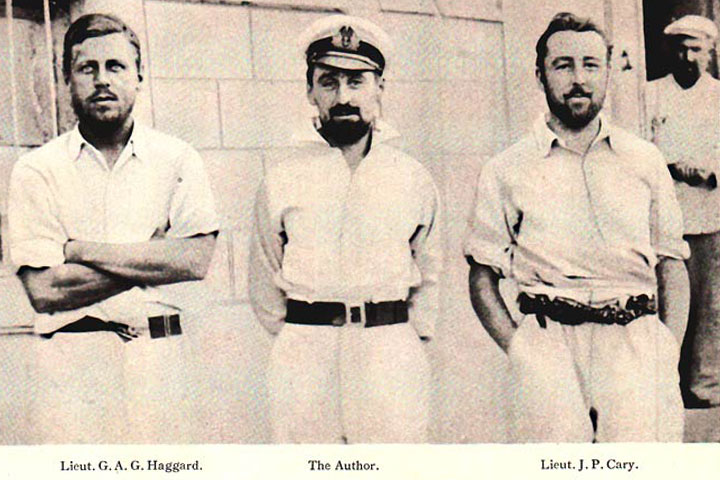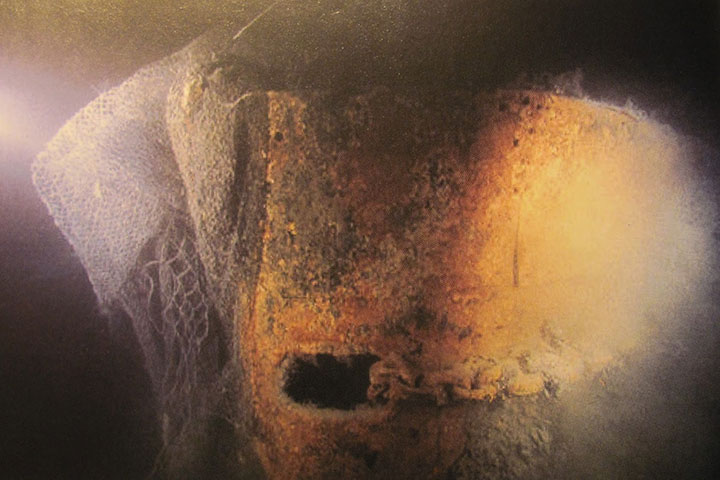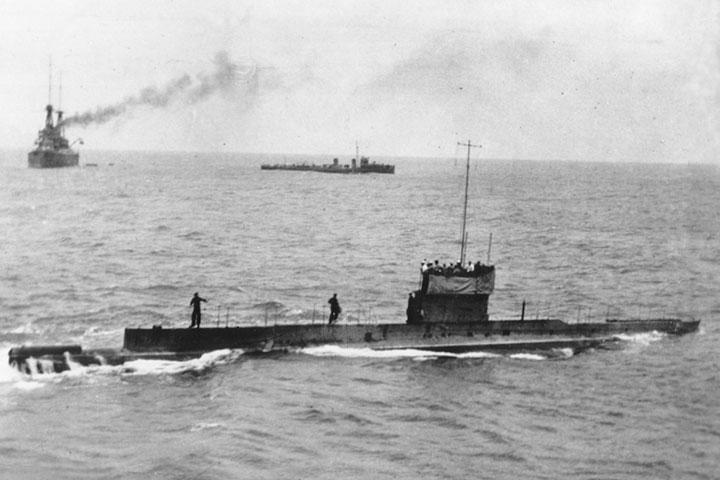The friendship between Turkey and Australia was strengthened by the incongruous conflict between these two nations during the so-called Great War of 1914-1918. This, of course, was not a battle over territory or ethnic difference. There was no historical reason to cause one party to hate the other. The Turks were defending their territory. The Australian and New Zealand Army Corps (Anzacs), stormed the beaches at the Gallipoli Peninsula, were there for a specific goal to disable the forts and gun batteries alongside the Dardanelles Strait. This would allow the passage of allied British and French ships into the Sea of Marmara with the ultimate goal of besieging Istanbul. It was hoped that removing Turkey from the war would ease the pressure on Russia, which in turn would greatly assist ending the war with Germany. Turkey proved itself a stubborn and courageous fighter. The Dardanelles Campaign and the associated Gallipoli infantry campaign was a disastrous failure. Many British and allied ships were sunk in their efforts to penetrate the Dardanelles. The submarine, a relatively new machine in warfare, was considered to be the only hope. But the Dardanelles Strait was 64 kilometers long, had currents reaching 4 knots for the submarines to push against, was narrow and posed difficult navigational hazards, and was carefully guarded with forts and gunboats, floating and fixed minefields, and nets. No enemy craft had traversed the Dardanelles passage for over five hundred years, and many had tried! After unsuccessful attempts by both British and French submarines, Australia’s only submarine the AE2 (who had a sister submarine the AE1, which was mysteriously lost off New Guinea with all hands) was given the chance – and succeeded!

The story of the AE2’s harrowing passage through the strait in the early morning hours of April 25 (the same day that troops landed on the beaches at Gallipoli – ‘Anzac Day’), as told by its Irish commander Henry Stoker in his later book Straws in the Wind, was the stuff of a great feature film. She literally scraped along the wires holding the floating mines were taut at the surface, three times dragging something heavy onto her hull to the stern.

Mines that miraculously did not detonate? Having extricated herself from that predicament, she then beached herself high and dry twice at the dog-leg turn in the Dardanelles passage known as the Narrows where the city of Canakkale sits. Both these course deviations resulted in her being beached and well exposed right under the foundations of Turkish forts. So close was the submarine to the forts on both occasions that the Turks could not depress the guns enough to hit their target! It took four and five agonizing minutes consecutively for the AE2 to wriggle herself back into deeper water and continue her course. Then, on her way along the straight part of the passage into the Sea of Marmara, she nearly suffered irreparable damage forcing her to lie on the bottom for 13 hours. At the end of this time the stale air, which would not allow a match to be ignited, could barely sustain life. Eventually, the AE2 entered the wider Sea of Marmara and created general havoc for a further five days. She telegraphed the news of her success the SS Queen Elizabeth and this convinced the allied navies that submarines could indeed negotiate the Dardanelles. Amongst those British E-class submarines that subsequently entered the Sea of Marmara and sank many Turkish and German naval craft were the E11 commanded by Martin Dunbar-Nasmith and the E14 commanded by E.C. Boyle. News of the AE2’s success reached the troops at Gallipoli and buoyed their hopes. Indeed, it is very probable that Sir Ian Hamilton’s decision not to disembark the troops after the disastrous first day at Gallipoli was influenced by the AE2’s success. On April 30, the AE2, intending to rendezvous with Boyle’s the E14 off Karaburun Point, hit a denser layer of water at such an angle that she surfaced unintentionally. Her exposure to the surface was ill-timed, and after a dangerous series of yo-yo ascents and descents beyond her tested depth of 100 feet (30 meters), a Turkish gunboat, the Sultanhisar, was waiting for them to surface again. The Sultanhisar fired a torpedo at the AE2 which fortunately missed, but shell-fire penetrated the pressure hull rendering the submarine useless. Twenty-nine ratings (half British, half Australian) and three British officers surrendered, but not before Stoker sent the AE2 on her last and deepest dive.

For 83 years, the AE2 lay on the soft mud floor of the Marmara largely forgotten. Her epic story and her likely impact on the perpetuation of the Gallipoli fighting has never really been appreciated by the Australian public, who mostly were not even aware of submarines’ existence in the First World War. Australian Ambassador in Ankara, David Evans, was well aware of the AE2 however, and suggested to underwater explorer Selcuk Kolay, director of both the Rahmi Koc Museum in Istanbul and the Rahmi Koc Cultural Foundation, that he searched for the AE2. Mr. Kolay, using sophisticated sonar and magnetometric apparatus, had been successful in the location of other wartime wrecks of significance in and around Turkey. Mr. Kolay took on this assignment, and in 1996, located a wreck at a depth of 86 meters strongly suspected of being the AE2. A group of Australian divers and maritime archaeologists led by underwater explorer and part-time dentist Mark Spencer from Sydney investigated the wreck later in 1997. Their expedition was supported by Turkish Airlines and the Royal Australian Navy and also had the blessing of the Turkish Ministry of Culture. The wreck, much to the surprise of the joint Australian/Turkish team, turned out to be an old steamship which had collapsed in such a way that she deceived everyone into thinking that she was a submarine wreck.

Selcuk Kolay continued his search, and in June 1998, was rewarded with a sonar image of a wreck at 72 meters depth that did indeed fit that of an early E-Class submarine. Aware of possible skepticism from the land down-under, he sent a short videotape to Mark Spencer back in Sydney of his dive on the wreck in company with fellow Turkish divers Kaya Yanar and Levent Yuksel. It was fairly conclusive evidence that the wreck was indeed the AE2. Dr. Spencer again organized his team and returned to Istanbul in late September that year. With the support of the Rahmi Koc Museum’s considerable resources, the joint Turkish and Australian expedition to further document and inspect the AE2 brought back irrefutable evidence of its identity. Subsequent media interest in Australia reminded the public of the significant role played by their navy in the legendary Gallipoli Campaign. Similar media interest in Turkey and even larger Europe reminded people of the potent capability of the early submarines and the fact that the AE2 was the first enemy craft in five hundred years to successfully transit the Dardanelles Strait.
The submarine wreck is remarkably intact, at least ostensibly. “Standing on the aft casing (deck) of the AE2 somehow brought me closer to the Anzacs at Gallipoli than I’d been before,” said Dr. Spencer. “The submarine is more exposed above the soft mud bottom than we had expected”, he said. The divers used special mixtures of gases containing helium on the bottom and higher oxygen mixes for decompressing nearer the surface. The depths are beyond safe and effective working conditions breathing normal air. The Rahmi Koc Museum’s specially fitted-out research and salvage vessel MV Saros had a recompression chamber on board and the attendance of a well-qualified physician, Dr. Akin Toklu, a specialist in hyperbaric medicine.
More work will need to be done in examining the AE2 on the bottom before any efforts are made to raise her, which is the intention of Mr. Kolay. “Once brought back to the surface, it is going to be the only WWI E-class submarine on display anywhere in the world!” he says. Whatever becomes of the AE2, her role for the future should now be clearly defined. She was once an instrument of war, a symbol of conflict between two nations that now have an amicable affinity towards each other. She should now be a symbol of that friendship and mutual co-operation so apparent at this time. Stoker and his crew would surely approve.



